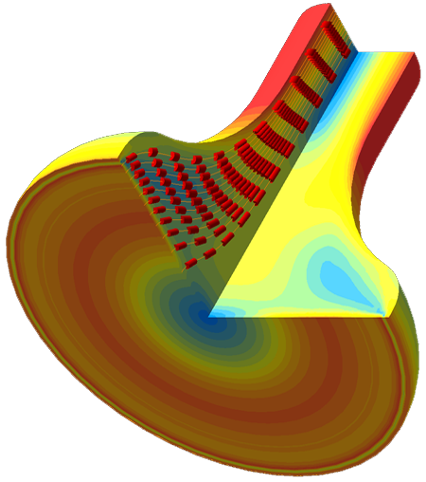Virtual Extrusion Laboratory™ - 2D FEM Module
The COMPUPLAST® VEL™, 2D FEM module™ is used for the precise analysis, optimization and/or design of 2D flow channels of arbitrary shape. Based on the Finite Element Method (FEM) of mathematical analysis, the program can provide very detailed information about a flow field. Recirculation regions (vortices) or stagnant flow regions which result in excessive residence time for the material can be easily observed.
Areas of excessive shear stress, which can lead to surface or interfacial defects can be investigated. More importantly, the design or process engineer can use this module to ensure that the design of the flow channels avoids these types of problems. The user friendly, intuitive, interface allows you to create, test and optimize many designs quickly and efficiently.
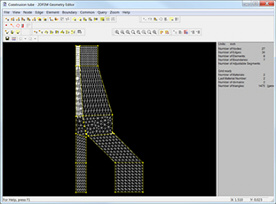
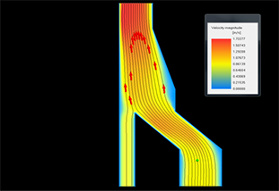
The VEL™, 2D FEM module has been developed with the extrusion process engineer in mind. From wire and cable coating to coextrusion die design, this module is used to provide valuable design information in virtually any extrusion process. Equipment Manufacturers use the module to analyze and design equipment for commercial applications in a wide area of extrusion including, pipe and tubing, cables, fiber spinning, blown film, blow molding, flat sheet and film with up to 10 layers. From a process standpoint, this module has been used to investigate various phenomena such as "shark skin", "die drool", "extrudate swell" and "interfacial instability". The versatility and ease of use have truly made this module a valuable CAE tool.
The VEL™, 2D FEM™ module Features Summary:
- Intuitive graphics interface
- Planar or annular flow fields
- Obstacles in flow field
- Automatic Mesh Generation
- Coextrusion - up to 10 Layers/Materials
- DXF import for fast and easy geometry entering
- Fast and precise solver
- Powerful post processing
- output to AVI video format
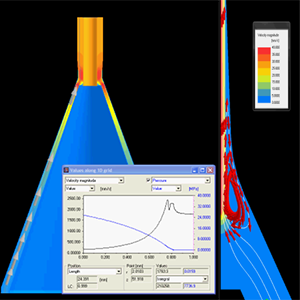
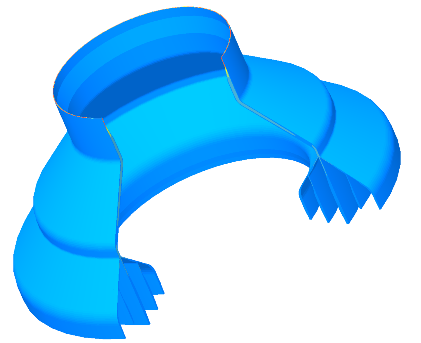
The VEL™, 2D FEM™ module can be used for following applications:
- Optimization of dies for Pipe and tube extrusion
- mono and coextruded pipes
- spiral die coex annular channel design and/or optimization
- spider die channel design and/or optimization
- material degradation problems
- interfacial instabilities
- Optimization of axisymetrics dies for Cable extrusion
- drag flow simulation
- material degradation problems
- product surface quality
- interfacial phenomena in coextrusion
- material adhesion to the cable
- Fiber spinning die design and/or optimization
- material degradation problems
- size of halls for fibers uniformity
- surface quality optimization
- stretching conditions
- Optimization in Sheet and film extrusion process
- mono and coex flat channel design and/or optimization
- feed block design and/or optimization
- interfacial instabilities
- product surface quality
- material degradation problems
- Optimization in Blown film extrusion
- mono and coextrusion axisymetric die design and/or optimization
- material degradation problems
- product surface quality
- interfacial phenomena in coextrusion
